Complementary Development and Synergistic Innovation of Rockwool Production Line and Wet Thin Felt
Wet-Laid Thin Felt Production Technology and Process Characteristics
As the core equipment in modern insulation material manufacturing, the wet-laid thin felt production line processes glass fiber into high-performance thin felt products through a unique wet process. The wet process precisely controls the concentration and distribution of the fiber slurry, ensuring product uniformity while significantly enhancing the mechanical strength and dimensional stability of the thin felt. Compared to traditional dry processes, this production method has evident technical advantages: a more compact and uniform product structure, more reasonable fiber distribution, and higher surface flatness. These characteristics make wet-laid thin felt particularly suitable for applications requiring high-precision insulation materials, such as building wall soundproofing and pipeline insulation.
Distinctive Advantages of Rockwool Production Line Compared to Wet-Laid Thin Felt
Rock wool products produced by rockwool production lines also hold an important place in the building insulation field. Although there are clear differences in raw materials and production processes compared to wet-laid thin felt, rock wool has carved out its unique market position due to its excellent fire resistance, good thermal insulation effect, and stability in harsh environments. The rockwool production line transforms natural minerals into high-performance insulation materials with continuous fiber structure through a high-temperature melting process. In current building energy retrofit and industrial insulation projects, the market demand for rock wool products remains strong, forming a complementary industry pattern with wet-laid thin felt.
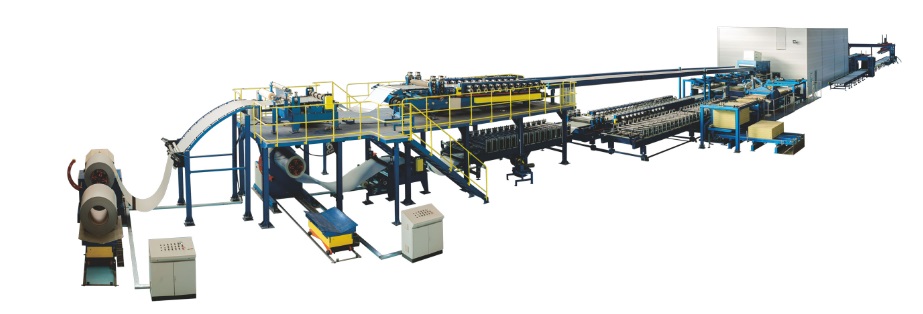
The Synergistic Development of Two Major Production Systems
The technological exchange and mutual promotion between rockwool production lines and wet-laid thin felt production lines are driving the technological upgrade of the entire fiber material industry. In terms of energy utilization, both focus on optimizing the energy efficiency of production equipment; in environmental technology, both have prioritized the development of waste recycling systems; and in terms of intelligence, both have introduced automated control systems and remote monitoring technologies. Especially with the continuous enhancement of building fire safety standards, rock wool products with excellent fire resistance and wet-laid thin felt with outstanding insulation performance are frequently used together in the same building project, forming a complementary product combination.
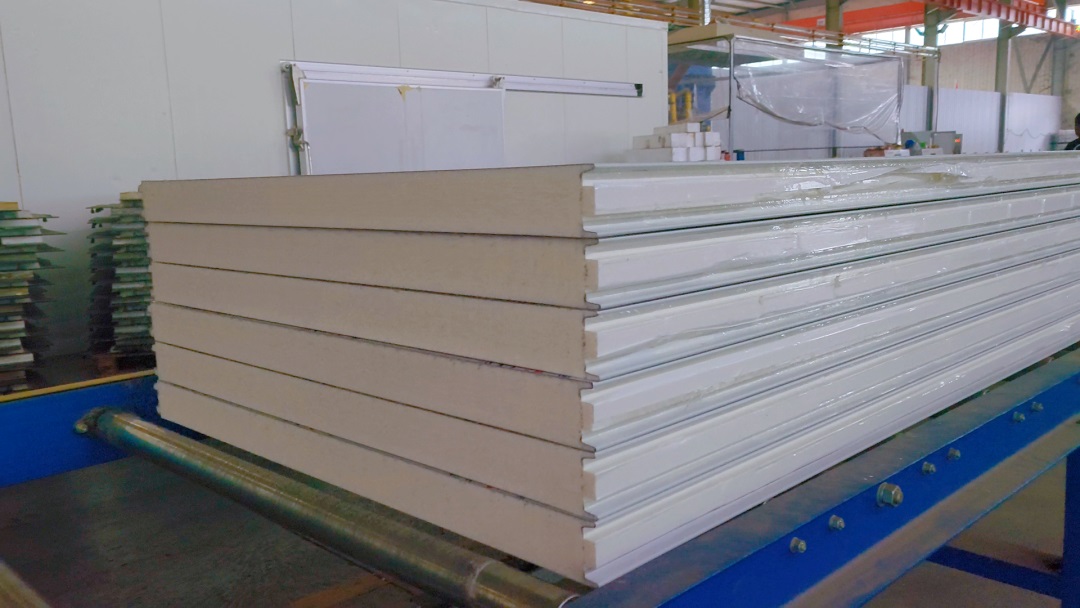
Future Directions for Integrated Innovation
Looking ahead, rockwool production lines and wet-laid thin felt will generate more synergies in technological innovation, product applications, and industry integration. Research institutions have already attempted to mix rock wool fibers with glass fibers to develop new composite materials that combine the advantages of both. In terms of production technology, both production lines are moving towards digitalization and intelligence, optimizing production processes through big data analysis and artificial intelligence. In sustainable development, both production lines are actively exploring raw material substitution and waste recycling technologies to reduce their environmental footprint. It is foreseeable that with breakthroughs in composite material technology and the widespread adoption of smart manufacturing, wet-laid thin felt and rockwool production lines will evolve into deeper levels of integrated development, jointly driving technological advancements in the insulation material industry.
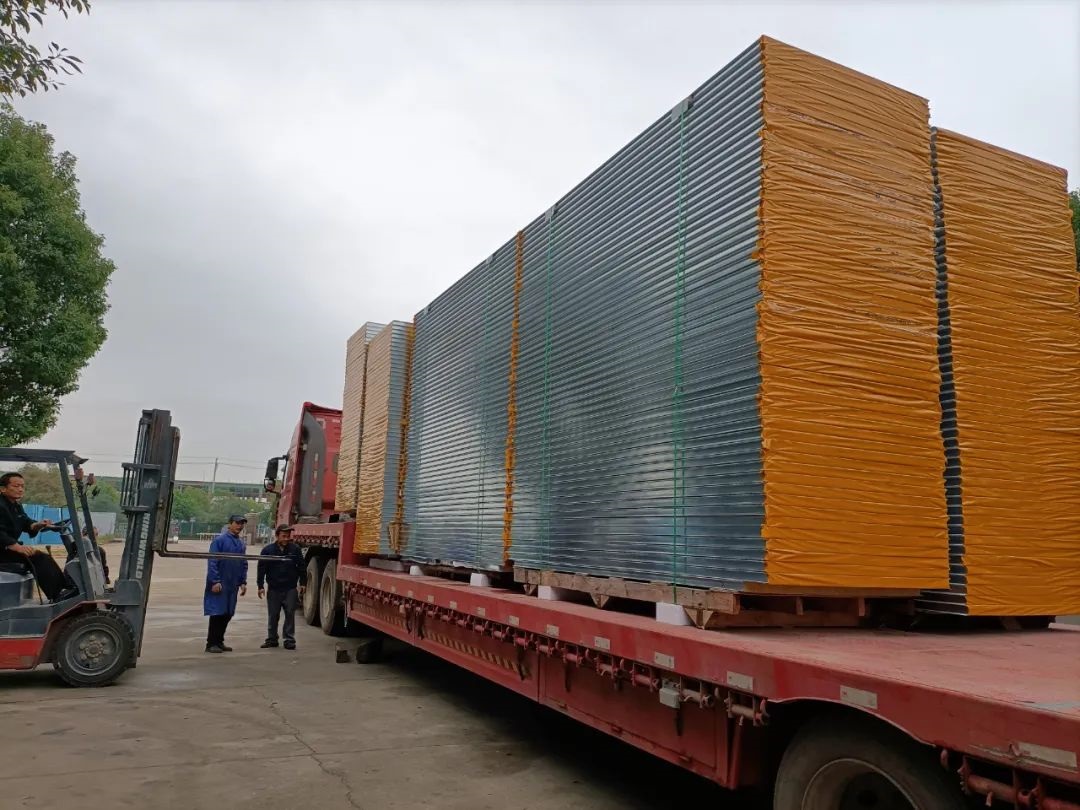


 CN
CN
 EN
EN
 fr
fr  de
de  es
es  it
it  ru
ru  pt
pt  ar
ar  th
th  pl
pl  ro
ro 





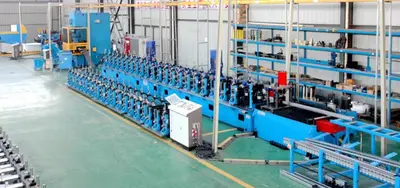
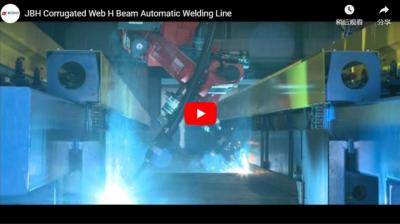
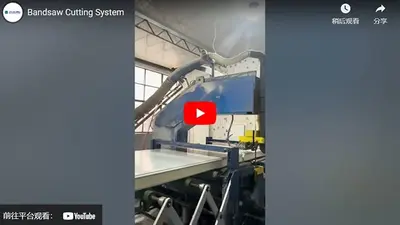
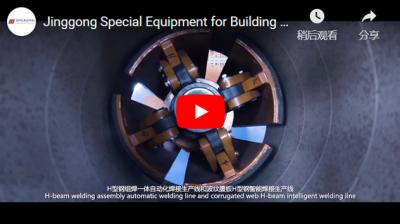

 Call us on:
Call us on:  Email Us:
Email Us:  #1809, Jianhu Rd, Keqiao, Shaoxing, Zhejiang, China
#1809, Jianhu Rd, Keqiao, Shaoxing, Zhejiang, China 